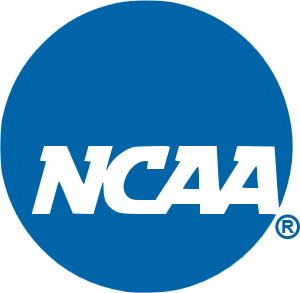 Contrasting the periods: Signing, quiet and dead!
Contrasting the periods: Signing, quiet and dead!
By: Austin Alexander – November 10, 2006
This Article was written in 2006, dates are different this year. To view 2013 dates, click here
We just passed through a dead period, which preceded an early signing period…both fall during a quiet period that extends until the end of February. Like most players and parents, the rules and terminology handed down by the NCAA can become very confusing. Even college coaches, who must pass a difficult NCAA test with flying colors, are often unsure of the legalese and text in a manual that is issued to every Division I, II and III coach. DP makes sense of it all in a special informative article to clear up the madness of the winter season.
First let’s define a few terms:
Early Signing Period: The first period of time when a senior, or junior college sophomore, who has committed to an NCAA school can sign a National Letter of Intent (NLI).
Quiet Period: During this period, a college coach may not have any off-campus contact with a prospect or evaluate a prospect’s athletic abilities outside of a college camp. A prospect may visit a college campus during this period.
Dead Period: During this period, a college coach cannot have any contact with a prospect on or off campus. A coach may write, text, email or call prospects.
Prospect: Any athlete from the ninth grade and up, regardless of ability-level.
We’ll clarify.
The Early Signing Period is what we sit in the middle of right now. It began on Wednesday, November 8 and extends through Wednesday the 15th. Each November, one week is designated for seniors and junior college sophomores to make their commitment firm and officially “sign” with the school they have chosen. Regardless of how long a prospect has been verbally committed, he cannot sign an NLI until this period rolls around.
The Quiet Period for NCAA coaches this year began on Monday, November 6 and extends through the final day of February. No coach can attend a workout, showcase or game away from his campus unless he is being paid to work another college’s winter camp. Official and unofficial visits are permissible during this time.
During the Dead Period, a prospect and NCAA coach cannot have any contact on or off campus. For instance, a player cannot arrange a meeting, drop off his NLI or take in a team workout. In 2006, this period came and went on November 6-8, Monday through Wednesday of this week.
If a prospect does not sign an NLI during the Early Signing Period, he can verbally commit at anytime but not sign until mid-April. Past that, an NLI can be signed at any time before fall classes begin.
It should be pointed out here that a junior college cannot sign a player until January 15, then any time thereafter. NAIA schools can sign a player at any point.
Though the recruiting process can be a very daunting time for players and parents alike, the more details revealed, the less intimidating it should be.
Note: For information on Recruiting 101, a service provided by Diamond Prospects to better inform players and parents on the recruiting process, click here.

